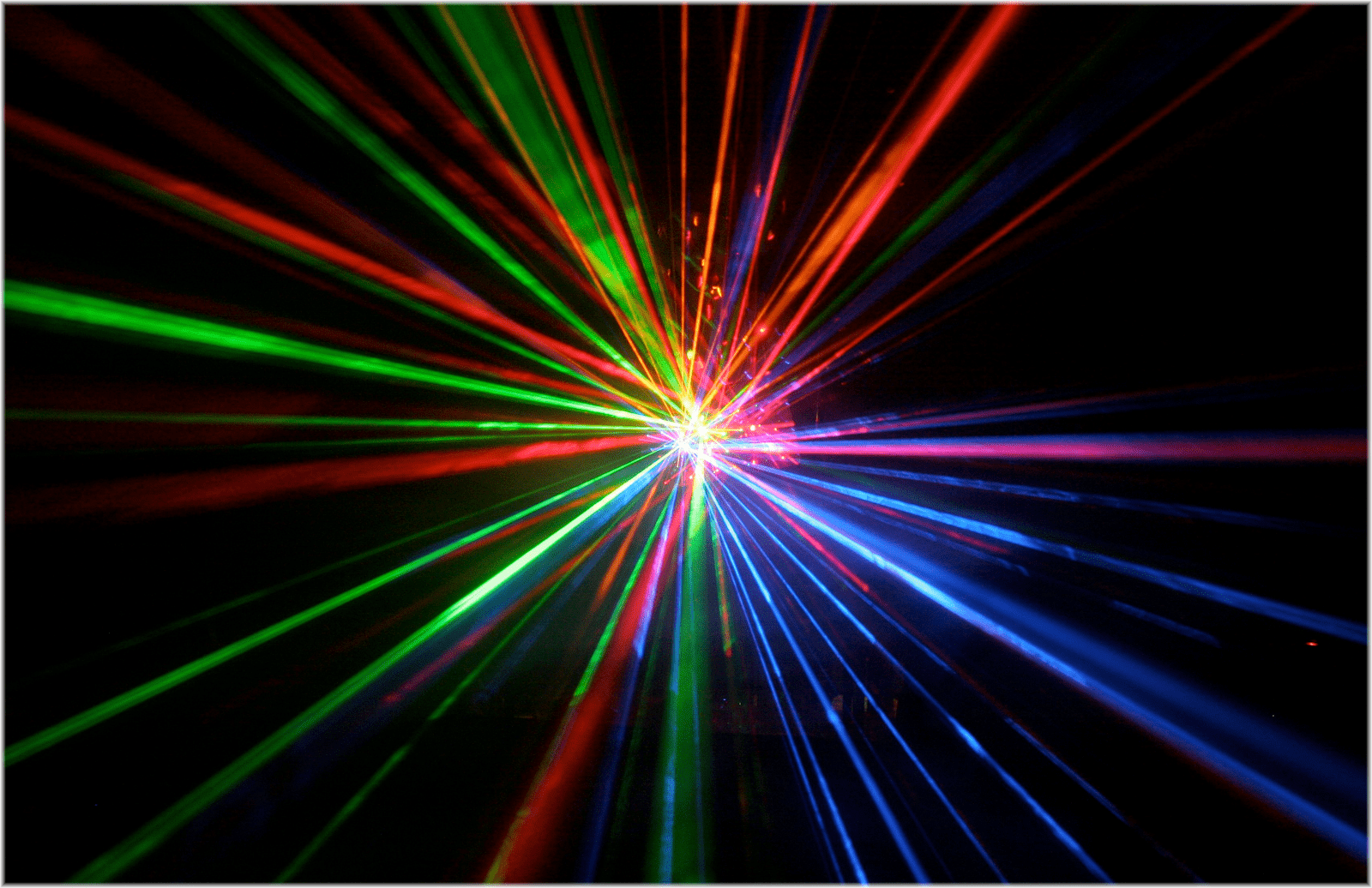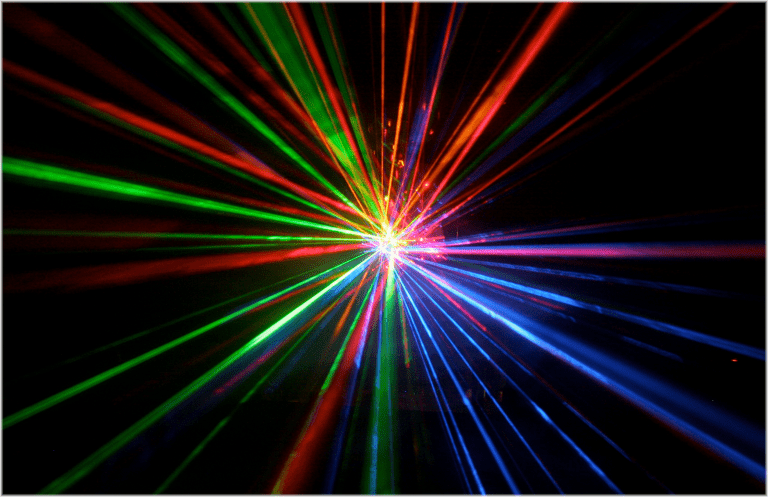 Currently, two types of lasers dominate the oral healthcare field — the Biolase laser and the LANAP (laser-assisted new attachment procedure). Although practitioners may achieve successful results using either type, there are differences between the Biolase laser and the LANAP that make one more beneficial than the other, depending on the type of patient and the practitioner.
Currently, two types of lasers dominate the oral healthcare field — the Biolase laser and the LANAP (laser-assisted new attachment procedure). Although practitioners may achieve successful results using either type, there are differences between the Biolase laser and the LANAP that make one more beneficial than the other, depending on the type of patient and the practitioner.
A main difference between the Biolase and the LANAP is the varying type of wavelength that each emits. The Biolase laser utilizes a combination of deionized water and Erbium Chromium YSGG (Yttrium Scandium Gallium Garnet). The LANAP uses a YAG (yttrium-aluminum-garnet) laser. The term “laser” itself stands for “light amplified by stimulated emission of radiation,” but people may be surprised to know that treatment plans differ based on the wavelength of the laser.
The Biolase laser absorbs into a wider variety of surfaces in and around the mouth, and it can be used for both hard and soft tissue. For example, the Biolase laser can incise soft tissue as well as bone. Using a combination of water, air, and laser energy, the Biolase can be used both to treat gum disease and perform minimally invasive procedures with minimal pain, discomfort, or bleeding.
The American Academy of Periodontology emphasizes that “periodontal health should be achieved in the least invasive and most cost-effective manner to the patient.” The Biolase laser was designed with this goal in mind. There is little to no bleeding with the Biolase laser, and procedures are seamless and efficient. Moreover, while the traditional use of a drill can be messy and spread existing bacteria around the mouth, the laser can be used to effectively sterilize and treat the problematic area without the heat of the drill or the risk of contamination.
Another benefit of the Biolase laser is that it modifies the root surface in a manner that promotes the attachment of connective tissue cells, which in turn aids in the growth of collagen and fibers. The use of the Biolase laser on the bone also promotes bone growth, because the laser causes the release of growth factors and regulatory proteins. Furthermore, the Biolase laser has a “bactericidal” effect; “bactericidal” refers to the agent responsible for killing bacterial growth.
On the other hand, the shorter wavelength of the LANAP limits the use of the LANAP to soft tissue. The LANAP uses a laser beam to kill pathogenic bacteria and remove select diseased tissue. Like the Biolase laser, no cutting is required, and healing time is quick. The LANAP sterilizes the compromised area and places the area in stable condition, but the LANAP does not eliminate the calculus in the hard-to-get areas, which does not completely eliminate the etiology. Furthermore, the LANAP has the potential to cause thermal damage to the root surface and bone.
At North Raleigh Periodontics, we constantly strive to offer top-notch, innovative, and effective treatment to our patient family. That is why we choose the Biolase laser. While both the LANAP and Biolase have benefits for the patient, the Biolase allows me to treat more comprehensively, performing hard tissue and soft tissue procedures. Moreover, the comfort to the patient, successful treatment of periodontal disease, and variety of procedures in which the Biolase laser can be implemented makes the Biolase the ideal choice for our patients. Follow these links to learn more about Dr. Singletary’s use of the biolase laser and how to enhance your periodontal treatment with laser therapy.
